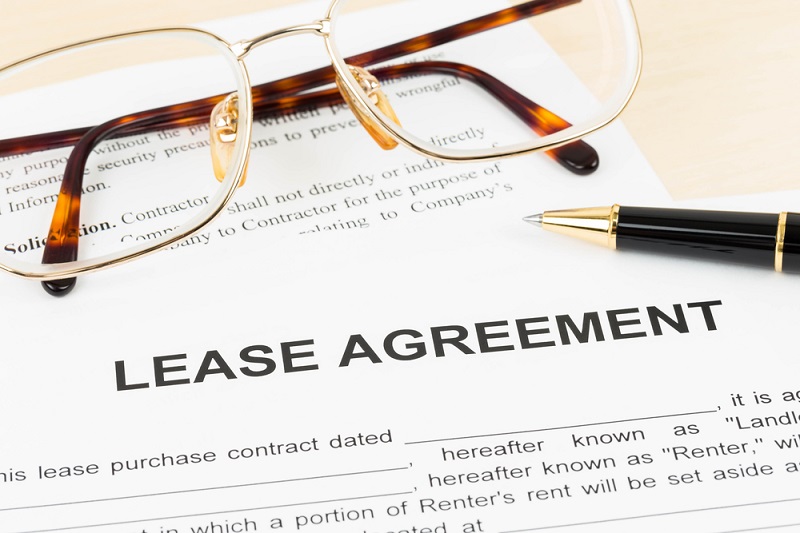No two office leases are the same. There are gross leases, modified gross leases, and triple net office leases. To make matters even more confusing, even within these three types of office leases, one lease can always be different from the next.
In this article we’ll explain triple net leases and also discuss the different types of net leases and why they can be good for a landlord, but maybe not so good for a tenant.
What Are the Different Types of Commercial Leases?
Building office leases fall into three categories:
- Gross – everything is included in the rent
- Modified Gross – some things are included in the rent
- Triple Net – nothing extra is included in the rent
Gross leases are usually used in renting coworking office space or for leasing traditional office space. The monthly rent payment includes everything, including the receptionist service, the use of common areas, and other amenities like coffee bars and after-hours social events.
Modified gross leases usually have the tenant paying for its own utilities and the general upkeep of the interior of the office suite. This includes items such as changing lightbulbs, minor repairs, and cleaning.
Triple net leases are where the biggest amount of negotiating can occur. While NNN leases can be good for certain tenants, they can also cause expensive problems if the tenant doesn’t know what to look out for.
What Does NNN In A Lease Really Mean?
The N in an NNN lease means ‘net of.’ That’s why they’re also called net leases or net-net-net leases. But net of what?
The three Ns in a triple net lease stand for:
- Net of property taxes
- Net of insurance
- Net of building maintenance
So, on top of that the tenant also pays its share of the property taxes, insurance, and maintenance for the building.
We can also look at this in reverse. If a tenant has a gross lease of $1,500 per month, $100 might be for insurance, $200 for property tax, and $200 for monthly building maintenance. That leaves an effective base rent of $1,000 per month.
If the tenant is the sole occupant of the building, then the tenant pays for 100% of the property taxes, insurance, and building maintenance. Triple net leases are usually found in single tenant, free standing buildings or properties that are built-to-suit.
Are There Different Types of Net Leases?
In commercial real estate leasing everything is negotiable. So naturally there are different types of net leases.
The three types of net leases – where the tenant pays base rent plus an ‘extra’ – are:
- Single Net Lease – tenant pays for property taxes
- Double Net Lease – tenant pays for property tax and building insurance
- Triple Net Lease – tenant pays for property tax, building insurance, and building maintenance
With net leasing, single net leases are the least common because less of the building’s expenses are shifted to the tenant. For that reason, double net leases are frequently found in commercial real estate.
Triple net leases are usually found where one tenant is leasing an entire property. Your neighborhood free standing bank building, fast food restaurant, or lube & oil change shop could all be leased to tenants using a NNN lease.
How Do Landlords Benefit from Triple Net Leases?
Commercial real estate investors want to get as much monthly rental income from their buildings as possible. One way to do that is to shift as much of the building operating expense as possible onto the tenant.
Triple net leases can be very good for the building owner. The income is stable and predictable, and triple net leases are usually longer term so there are less frequent tenant improvement costs. The investment is also maintenance-free for the landlord because the tenant has to pay for any repairs.
Tenants who sign NNN leases are usually higher-quality regional and national corporations or established local franchise chains so there’s a lower risk to the landlord of the tenant defaulting on its lease.
What Are the Pros and Cons of NNN Leases for Tenants?
Triple net leases are definitely good for landlords and building owners, but what about tenants?
One advantage of a triple net lease for a tenant is that the base rent is lower than with a gross or modified gross lease. In that sense, NNN leases can be better for a company’s cash flow.
Tenants who are used to handling their own building maintenance and upkeep could also benefit from a triple net lease.
Landlords factor in the cost of maintenance in gross and modified gross leases. If a tenant is able to do its own repairs for less money than what the landlord would pass through to the tenant, a NNN lease could end up being more cost effective for the tenant.
The biggest con of a triple net lease for a tenant is that it is paying all of the costs for a building that it doesn’t own. NNN tenants pay for real estate taxes that usually go up every year, they pay the insurance premium in case of fire or damage, and they’re responsible for making sure the owner’s property is always up to code – and for fixing it if it’s not.
These additional responsibilities can expose a company to unanticipated costs, which is why NNN leases entail more risk. However, many well-established firms have made triple net leases work for them with a combination of good planning and long-term commitment to the property.













